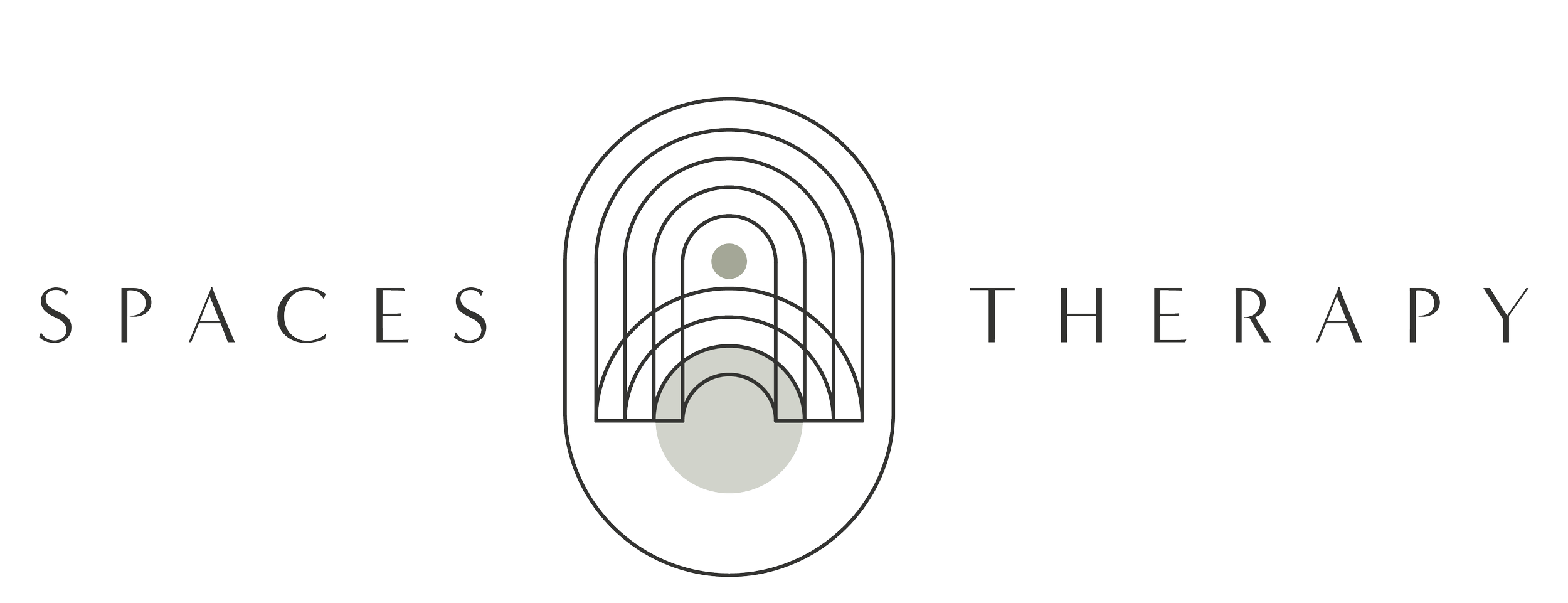Active Communication in Couples Therapy: What It Is and Why It Matters
Active Communication in Couples Therapy: What It Is and Why It Matters
In any relationship, communication is key—but in couples therapy, active communication becomes the foundation for healing, understanding, and growth. If you've ever felt like your partner isn’t hearing you, or if conflicts spiral without resolution, this concept could be the game-changer you’ve been looking for.
What Is Active Communication?
Active communication is a conscious, intentional way of engaging in conversation with your partner. It involves not just speaking clearly and honestly, but also listening with full attention and empathy. The goal is mutual understanding—not winning an argument.
Unlike passive or reactive communication, active communication emphasizes:
Intentional Listening: Paying full attention without interrupting or planning your response while your partner is speaking.
Validating Feelings: Acknowledging your partner’s emotions, even if you don’t fully agree with their perspective.
Reflective Responses: Summarizing what your partner has said to show understanding and give them a chance to clarify.
Using “I” Statements: Expressing how you feel rather than blaming (“I feel hurt when…” instead of “You always…”).
Staying Present: Avoiding distractions like phones or multitasking during important conversations.
Why Active Communication Matters in Couples Therapy
Many couples come to therapy because they feel stuck in patterns of miscommunication, arguments, or emotional distance. Active communication breaks these patterns by creating a safe space for both partners to express themselves and feel heard.
Here’s how it helps:
Reduces Misunderstandings: By focusing on clarity and reflection, active communication minimizes assumptions and misinterpretations.
Builds Trust: When partners feel genuinely heard and validated, trust grows.
De-escalates Conflict: Active listening and calm responses prevent emotional reactions from spiraling into full-blown arguments.
Improves Emotional Intimacy: Sharing feelings openly fosters connection and emotional closeness.
Techniques to Practice Active Communication
Couples therapists often teach structured tools to help partners practice active communication at home, such as:
The Speaker-Listener Technique: One partner speaks while the other listens without interrupting, then repeats back what they heard before switching roles.
Time-Outs: Agreeing to take a short break when emotions run high, returning to the conversation when both feel ready.
Emotion Check-Ins: Setting aside time regularly to share thoughts and feelings without judgment.
If you're considering couples therapy, talk to your therapist about incorporating active communication techniques into your sessions. It might be the first step toward truly hearing—and being heard—by the one you love. If you have questions about our services or how we can support you, reach out to us. Ready to get started? Book a consultation.

